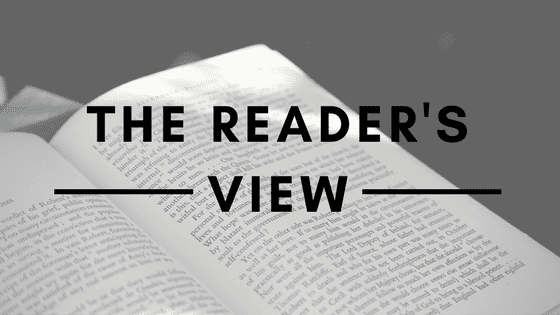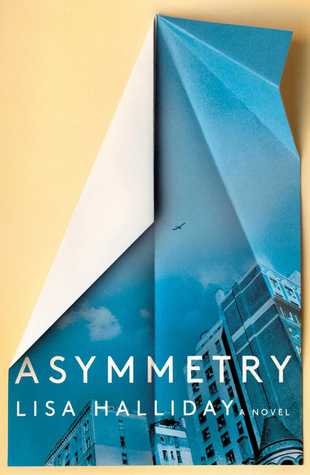 In her mesmerizing debut novelAsymmetry, Lisa Halliday constructs two separate worlds in which the respective protagonists contend with starkly different challenges that span both geography and genre.
In her mesmerizing debut novelAsymmetry, Lisa Halliday constructs two separate worlds in which the respective protagonists contend with starkly different challenges that span both geography and genre.
In the first section, which Halliday titles “Folly,” she opens on a familiar figure, a young Alice, reminiscent of Lewis Carroll’s Alice In Wonderland, who encounters her own white rabbit in the form of famous author Ezra Blazer. The love affair between the young, energetic editorial assistant and the venerable, aging writer is inevitable, if not predictable, but the delicately woven vignettes that reveal their romance, as well as the whimsical, poignant voice of the narrator, prevent the story from feeling stale.
 There is a profusion of words in this narrative and comparatively, very little action. The characters’ own staccato conversations, both in person and over the phone, litter the vignettes, sometimes comprising entire scenes, and are Raymond Carver-like in their minimalism. Ezra also gives Alice stacks of classic novels, including Huckleberry Finn, Tender is the Night, and The Thief’s Journal, passages from which appear frequently in her narration. Often, reading is the dominant action in a scene, with a collection of passages from these and other novels appearing, collage-like, on the page.
There is a profusion of words in this narrative and comparatively, very little action. The characters’ own staccato conversations, both in person and over the phone, litter the vignettes, sometimes comprising entire scenes, and are Raymond Carver-like in their minimalism. Ezra also gives Alice stacks of classic novels, including Huckleberry Finn, Tender is the Night, and The Thief’s Journal, passages from which appear frequently in her narration. Often, reading is the dominant action in a scene, with a collection of passages from these and other novels appearing, collage-like, on the page.
In the second section, titled “Madness,” Amar Ala Jaafari is an Iraqi-American man who, while traveling to visit his brother in Iraq, is detained by immigration officers at Heathrow. Set against the tumultuous and violent backdrop of the Iraq War and the country’s post-liberation poverty, this section weaves between Amar’s present-day conflict and his past memories of Iraq and his childhood home in Brooklyn. As the stakes of both narratives rise, Amar is forced to contend with the stark differences between American and Iraqi culture as well as his own conflicted identity.
Like “Folly,” Amar’s story is also interlaced with extra-textual material though, in his case, it is music rather than literature. Amar recalls the precise composers, artists, and soundtracks that play at crucial moments of his childhood and young adulthood. This preoccupation with music begins early in the narrative, when Amar, who doesn’t play music himself, envies his older brother’s “love affair” with the piano, which he plays purely for his own enjoyment. Amar, who is continually anxious about the future, yearns for the same ability to live entirely in the beauty of the present moment.
Alice’s and Amar’s narratives are, on the surface, profoundly different, first illustrating the challenges of a tremendous age difference between partners and then the unique struggle of a first-generation immigrant attempting to reconcile his two cultures. The inherent imbalance in both narratives, first between people and then entire cultures, is striking. However, it isn’t until the final section that Halliday begins to weave these two seemingly disparate narratives together, hinting at connections but never quite wrapping the story into a neat conclusion. Instead, the reader is left to forge their own meaning, unearth patterns, and wonder at the myriad reflections, dissonances, and asymmetries between these two compelling narratives.
Looking for more to read? Check out last month’s The Reader’s View on Roxane Gay’sHunger.




